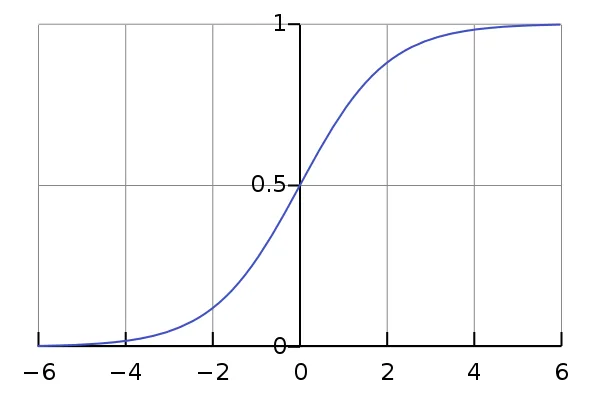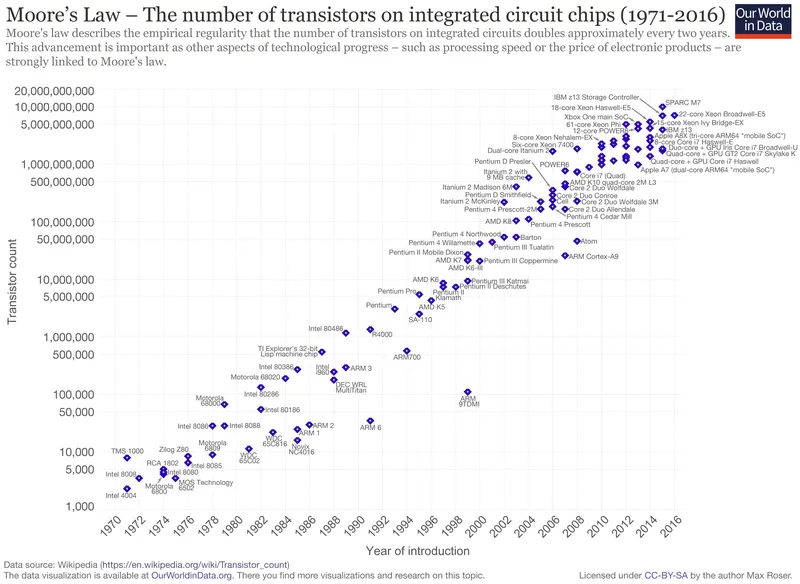Ray Kurzweil is a famous futurologist that has famously predicted that human technology will eventually get so advanced that it will no longer be human technology. It will become AI technology.
When that day occurs the computers will start inventing and creating themselves and discovering new science and tech. They will eventually be able to replicate their own minds and also increase their own IQs.
The current pace of technological advancement is pretty brisk, when the AI's get in the game it will become white hot.
This changeover has been called "The Singularity" and it is predicted to occur in the year 2045.
Proponents of this hypothesis need to calm down and here is why.
The Sigmoid Function
There is a nice little function in mathematics called the sigmoid function or sigmoid curve or sometimes the logistic function. It is a function that looks a little like the letter 'S' as shown in the image.
The function is characterized by exponential growth at first, the growth tapers off and then flattens out. This curve is useful because it describes the many natural systems in the real world.
For example, growth of an organism is often fast at first but then tapers off and stops once that creature reaches maturity. It has to, otherwise it would soon grow larger than the planet.
The sigmoid curve also describes the population of living creatures in a habitat with lots of food. Put some bacteria in a petri dish and they will start to grow exponentially at first. In time the finite food source depletes and the growth slows and stops.
In nature, what looks exponential and unstoppable at first always slows down and stops.
The Sigmoid Function and Machines
The same effect can often be seen with technology. Whenever a new technology is invented development of that device is often very fast at first. Over time the improvements slow down and eventually stop.

Image credit U.S. Navy photo by Photographer's Mate 2nd Class Jeffrey Lehrberg link Public domain image.
The Machine Gun:
For example, the machine gun was invented in the mid-1800's. The first machine guns were heavy and clunky affairs that jammed often. Later models that were lighter and more efficient but overheated quickly because they fired ammo more rapidly. Later machine gun models were improved on the production side until eventually the AK-47 was invented which can be made quickly and cheaply. This gun was invented in 1945 and improved over the following decade.
In the 70 or so years that it has been around its design is still very much the same as in those early days. The machine gun is therefore a good example of a technology's advancements eventually slowing down. New models are only incremental improvements over previous models.
Computing Power
It could be said that the first true, modern, electronic computers were invented shortly after the Second World War. The first computers were slow and very large. A single early computer would fill an entire room. Programming these behemoths was a manual process and involved moving electric plugs from receptacle to receptacle.
The integrated circuit (IC) and CPUs were invented giving computers a massive boost in processing power. Computer processing power increased steadily in the following decades. This trend was noticed and is known as Moore's Law. It is not a 'law' in the true sense of science but would be more accurately called a correlation </end pedantry>.
Moore's Law states that computing power doubles every 18 months. This is the very definition of an exponential function.
However there is a problem with Moore's Law, it is slowing down. The transistors in CPU's and other IC's are getting so small that they are approaching the atomic level in size. At these sizes unwanted quantum effects are starting to manifest causing interference with the orderly behaviour needed in deterministic CPU's.
Implications For The "Singularity"
Technologies therefore seem to have an exponential development phase when they are first developed. The improvements and advancements in the new tech builds quickly at first and it would appear to the naive that the sky is the limit.
At first.
However, in time advances in any technology slow down and eventually come to a stop or a near stop. Look at the 747 jetliner. It was announced in the 1960's and is only being replaced now, ..., with a jetliner that looks only a little bit different (i.e. the 787 Dreamliner).
Closing Words
The prediction of Kurzweil that computers will get so fast and/or an artificial intelligence will be developed appears to be an overly enthusiastic and naive prediction of someone who is only looking at the exponential part of the sigmoid curve.
Development of any given technology always slows down eventually, as the tapering in Moore's Law is proving.
Even quantum computers or the postulated creation of true neural net circuitry will slow down and reach levels that will fall short of the so-called singularity.
So I think that we can all relax, the AI's are not going to take over the world any time soon (if at all).
The good news is that we will not have robot overlords. The bad news is that we will not be getting robot butlers any time soon.
Thank you for reading my post.
Post Sources
[1] The Singularity Is Near
[2] Technological singularity
[3] Kurzweil Claims That the Singularity Will Happen by 2045
[4] Sigmoid Function
[5] Machine Gun - Wikipedia
[6] The AK-47 - Wikipedia
[7] Moore's Law
[8] Boeing 747 Jetliner - Wikipedia
[9] Boeing 787 Dreamliner - Wikipedia



